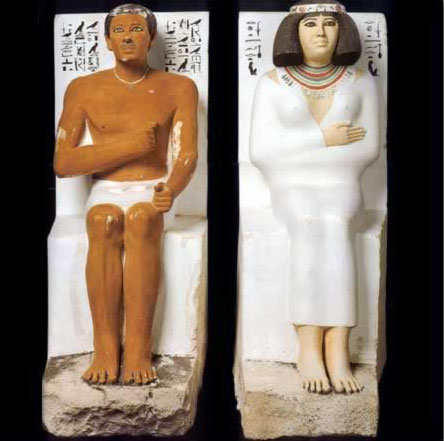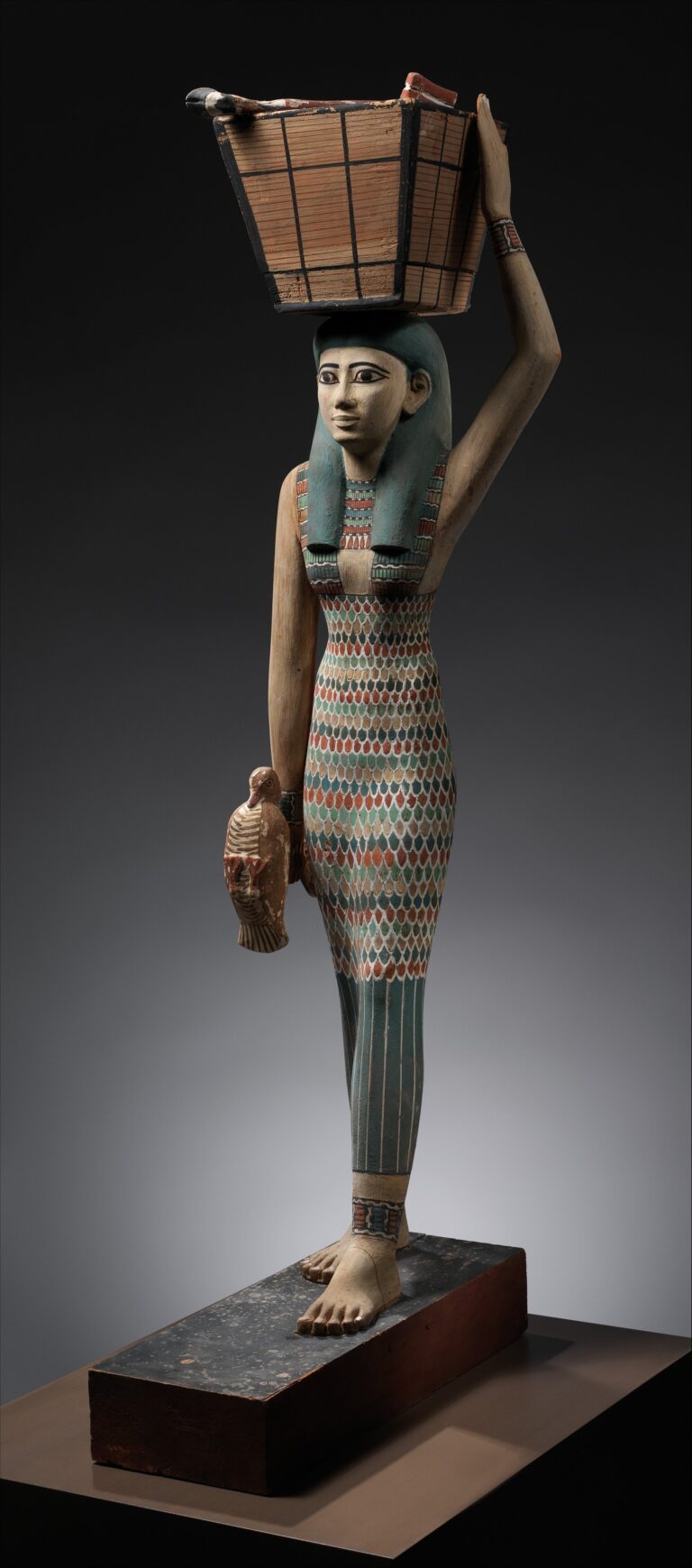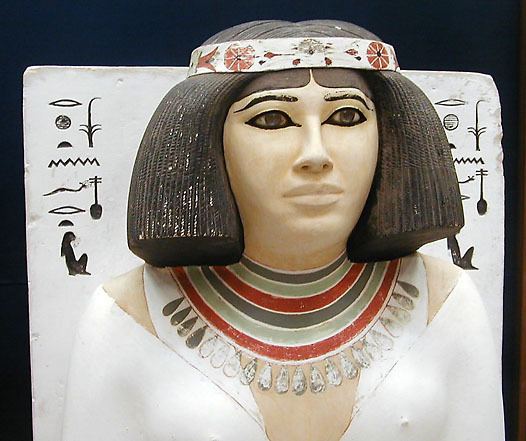The Ancient Egyptian fashion
If you look at any photo, it’s easy to identify that it’s for an ancient Egyptian. This is mainly due to their fashion; the style of dress, the jewelry, make up and the hair style.
The ancient Egyptians were very particular about cleanliness and personal appearance. People who were poorly groomed were considered inferior. Both men and women used cosmetics and wore jewellery. One item of jewellery, the amulet, was believed to protect the owners and give them strength.





